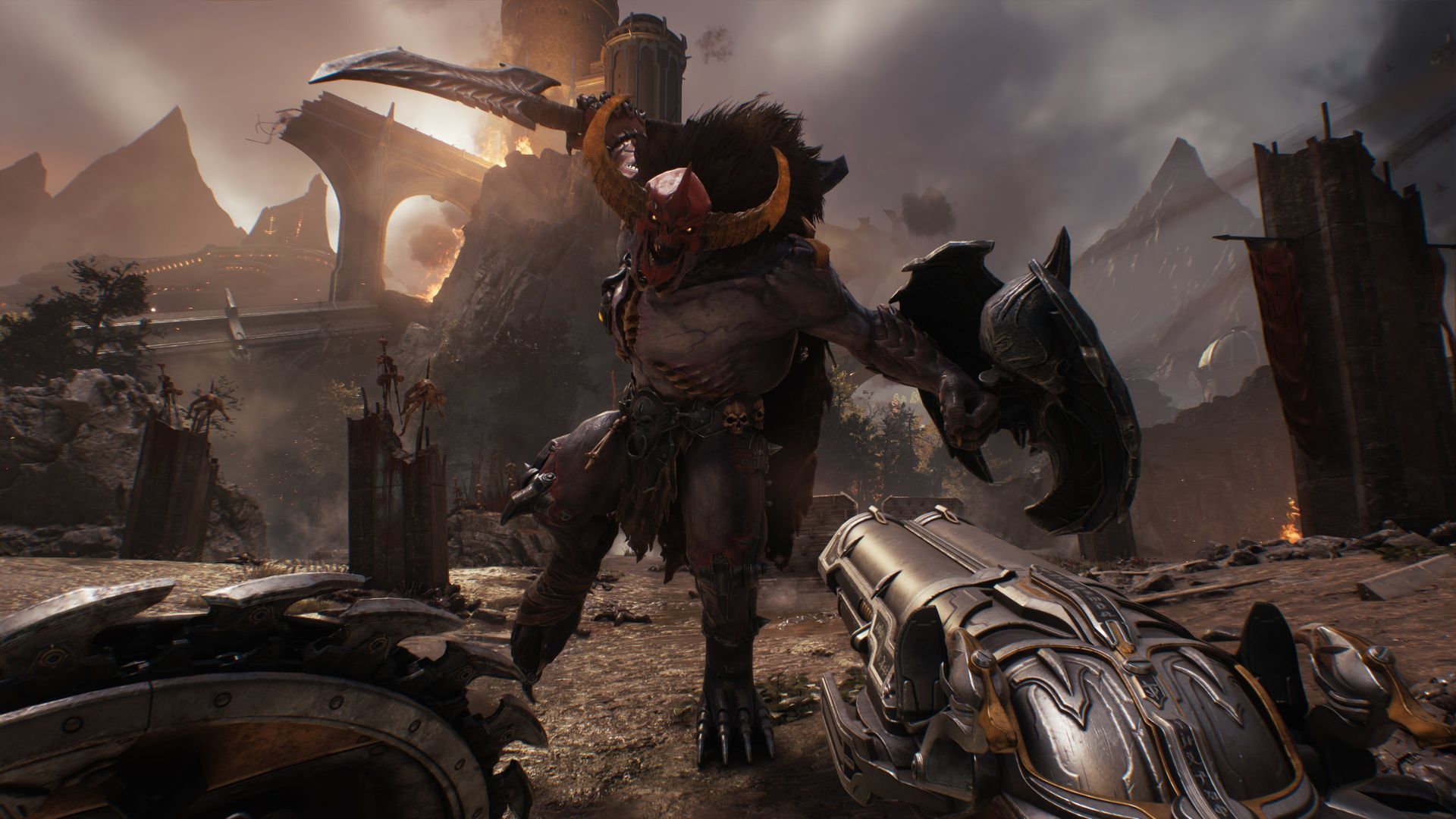Summary
Modern gaming has evolved significantly, especially in terms of accessibility and difficulty settings. Players can now adjust difficulty levels to enhance their gaming experience, providing flexibility tailored to individual skills. Additionally, introducing a feature to lock difficulty settings may help mitigate impulsive changes that could detract from the overall enjoyment of the game.
Evolving Accessibility in Modern Games
In the realm of gaming, accessibility has reached new heights. Modern titles offer players the ability to adjust difficulty settings to accommodate their unique skill levels, allowing for a more personalized experience. This flexibility is a significant advantage, ensuring that players can engage with the game on their own terms.
The Convenience of Adjustable Difficulty
The option to tailor difficulty settings has existed for years. While early gaming experiences often confined players to one difficulty level, even systems like the NES introduced some games with multiple settings. By the 1990s, titles such as DOOM featured various difficulty options.
What sets contemporary games apart is the ability to modify difficulty while actively engaged in the game. This is particularly important because games typically follow a difficulty curve—starting easy and increasing in challenge as players progress. For example, players might find themselves struggling at a particular point, despite managing earlier levels comfortably. The ability to adjust difficulty mid-game allows players to overcome stubborn challenges without losing precious progress.
Granular Difficulty Settings: A New Level of Control
A more recent innovation in gaming is the introduction of granular difficulty settings, enabling players to customize specific gameplay elements. For instance, in games like Indiana Jones and the Great Circle and DOOM: The Dark Ages, players can fine-tune different aspects of the difficulty.
This means that if someone excels at action sequences but struggles with puzzles, they can maintain a high level of challenge for combat while making puzzles easier. Such customization options let players find the right balance for their skills, enhancing overall game enjoyment.
The Temptation of Lowering Difficulty
Despite the benefits of adjustable difficulty, many players face the temptation to lower the difficulty when confronted with challenging sections. A prime example can be seen in Horizon: Forbidden West, where players might choose to switch to an easier mode after several failed attempts at a difficult boss. While this option is tempting, it can lead to feelings of dissatisfaction, as the sense of achievement can diminish once the challenge has been removed.
In this scenario, the allure of an easier path can compromise the integrity of the gaming experience. While it is a valid choice, players might find that they regret taking the route of least resistance.
Proposing a Locked Difficulty Feature
This personal experience raises an interesting proposition: the introduction of a locked difficulty setting. This feature would allow players to cement their chosen difficulty level at the start of a new game, preventing any mid-game adjustments. The intent would not be to restrict choices for others but to offer players the option to challenge themselves fully, resisting the urge to simplify tough encounters.
Having a locked difficulty could provide players with a sense of accomplishment when they eventually conquer challenging sections, as they would be engaged with the full scope of the game’s intended challenges.
Embracing Challenge as a Core Aspect of Gaming
Ultimately, the thrill of overcoming obstacles is one of the primary reasons many enjoy video games. While it is easy to succumb to the temptation of taking a shortcut, true fulfillment often comes from persevering through difficult tasks. Players often grind their characters to become stronger or find creative strategies to overcome challenges, showcasing the satisfaction derived from hard-earned victories.
Developers could enhance their games by including a locked difficulty feature. This small adjustment could enrich the overall gaming experience, allowing satisfaction to stem from genuine achievements rather than quick fixes.
In conclusion, while modern games have made great strides in accessibility and difficulty customization, introducing options like locked difficulty could enhance the rewards of facing tension and triumphing over challenges—allowing players to derive lasting satisfaction from their gaming experiences.




